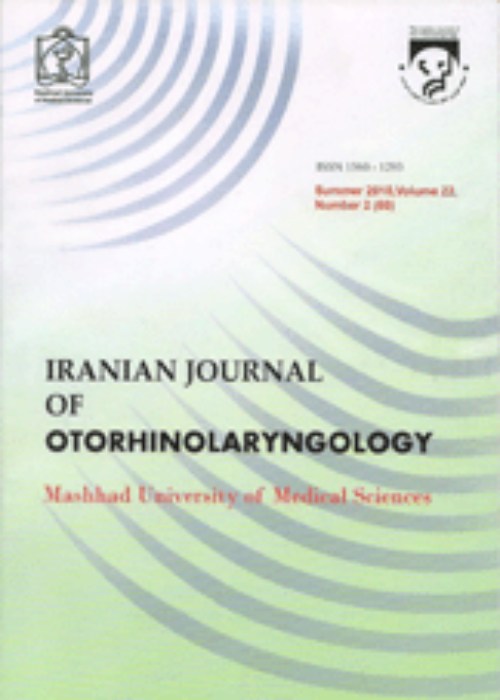Lateral Soft Tissue X-ray for Patients with Suspected Fishbone in Oropharynx, A thing in the past
Author(s):
Abstract:
Introduction
Fishbone is the most common foreign body found in the oropharynx. Conventionally patients with suspected fishbone in the throat would have mirror laryngoscopy followed by lateral soft tissue X-ray to look for the fishbone or observe impacts caused by the fishbone i.e. soft tissue swelling or air in upper esophagus. However, the most common site of fishbone impact is the suprahyoid area, which contains high soft tissue and bony density. This makes X-rays less reliable, especially because not all fish have radio-opaque bones. With the advent of fibreoptic nasendoscopy (FNE) and improved access to CT scan, more reliable tools exist to treat patients with suspected fishbone in the oropharynx; Materials And Methods
A retrospective study, looking at 698 lateral soft tissue X-rays was performed. This study was conducted in Addenbrookes Hospital, Cambridge (UK) between December 1st, 2004 and February 28th, 2011 using picture archiving and communication systems (PACS). All the radiology reports were reviewed and all the lateral soft tissue X-ray requests for foreign bodies other than fish bones were excluded. Results
Of the 698 lateral soft tissue X-rays performed between December 1st, 2004 and February 28th, 2011, only 229 (32.8%) were suspected to involve a fishbone in the throat. Amongst those requested for suspected fishbone injury, only 23 (10%) cases were reported by the radiologist as positive for fishbone. Of the 23 patients with a positive finding on X-ray, 13 had negative FNE and were discharged from the hospital, while 5 had fishbone which were visualized using fibreoptic nasendoscope and removed. One patient had an appointment in order to be reviewed in the clinic, but did not show up. The notes for 4 patients were not found; however, there were no records on the hospital intranet suggesting that they had been to the operating room for an ENT procedure related to fishbone. Therefore, it is fair to assume that either there was no fishbone to be found or it was picked up during fibreoptic nasendoscopy and removed under local anesthesia. Conclusion
Requesting lateral soft tissue X-ray is not beneficial in cases with a suspected fishbone in the oropharynx when fibreoptic nasendoscope is readily available.Keywords:
Language:
English
Published:
Iranian Journal of Otorhinolaryngology, Volume:27 Issue: 6, Nov 2015
Pages:
469 to 472
magiran.com/p1458655
دانلود و مطالعه متن این مقاله با یکی از روشهای زیر امکان پذیر است:
اشتراک شخصی
با عضویت و پرداخت آنلاین حق اشتراک یکساله به مبلغ 1,390,000ريال میتوانید 70 عنوان مطلب دانلود کنید!
اشتراک سازمانی
به کتابخانه دانشگاه یا محل کار خود پیشنهاد کنید تا اشتراک سازمانی این پایگاه را برای دسترسی نامحدود همه کاربران به متن مطالب تهیه نمایند!
توجه!
- حق عضویت دریافتی صرف حمایت از نشریات عضو و نگهداری، تکمیل و توسعه مگیران میشود.
- پرداخت حق اشتراک و دانلود مقالات اجازه بازنشر آن در سایر رسانههای چاپی و دیجیتال را به کاربر نمیدهد.
In order to view content subscription is required
Personal subscription
Subscribe magiran.com for 70 € euros via PayPal and download 70 articles during a year.
Organization subscription
Please contact us to subscribe your university or library for unlimited access!


